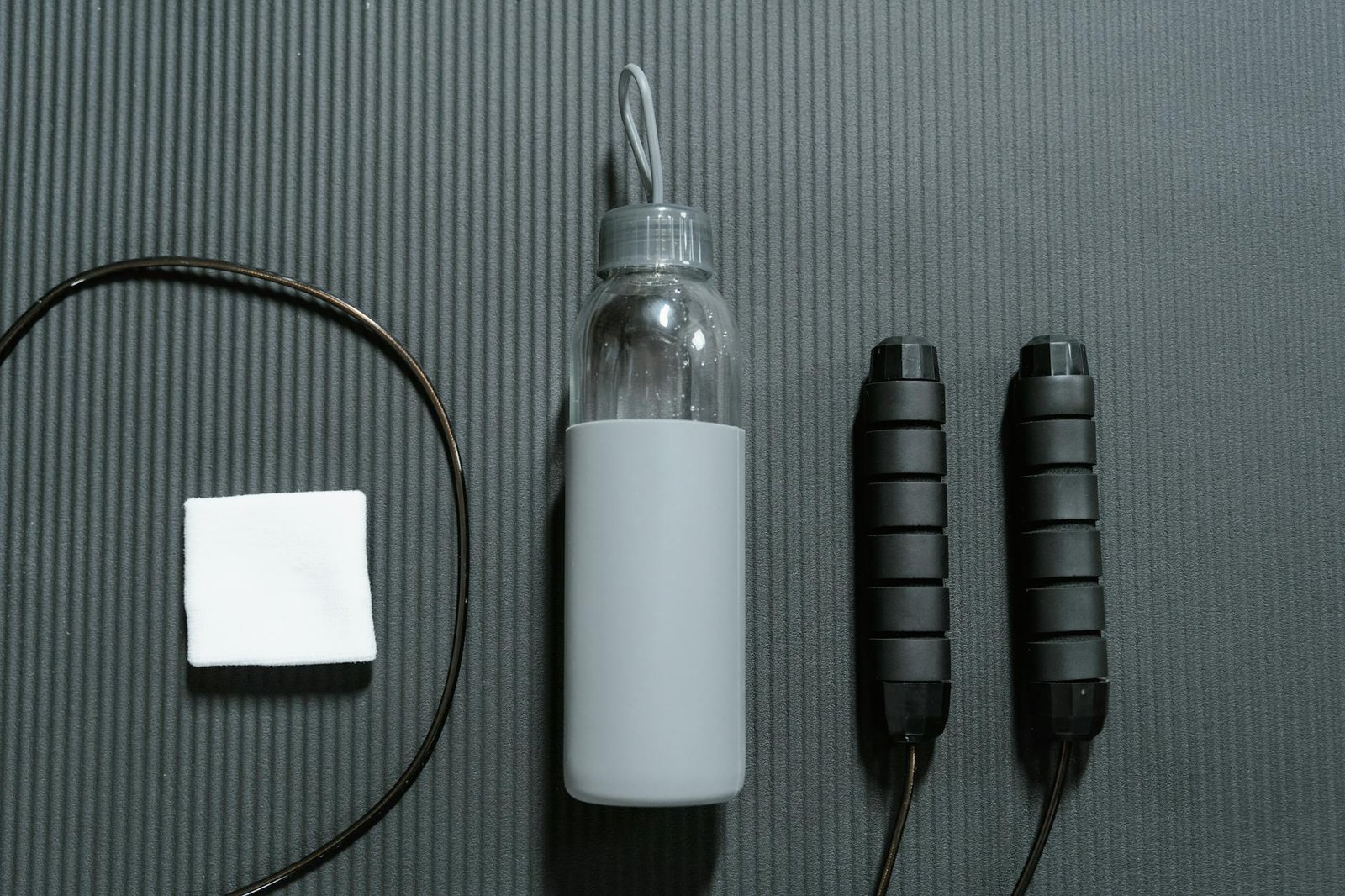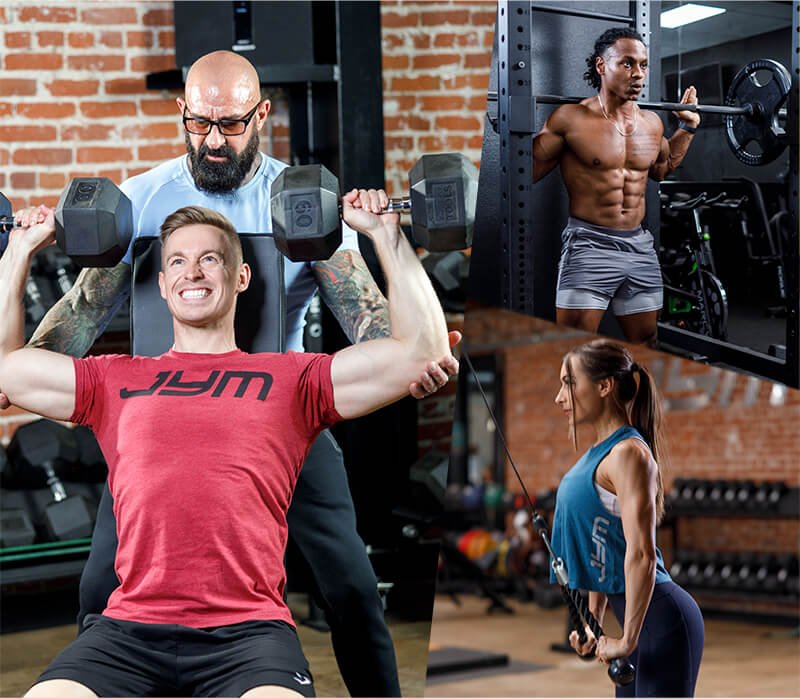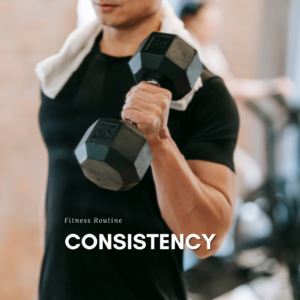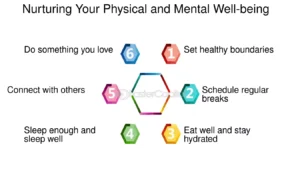
Are you tired of starting fitness journeys that lead nowhere? 💪 You’re not alone. A staggering 80% of New Year’s fitness resolutions fail by February, leaving countless individuals frustrated and wondering where they went wrong.
But here’s the truth: achieving your fitness goals isn’t about following the latest trends or pushing yourself to exhaustion. It’s about understanding the complete fitness puzzle – from workouts and nutrition to mindset and recovery. Whether you’re a beginner or someone who’s hit a plateau, unlocking your full potential requires a strategic, well-rounded approach that transforms not just your body, but your entire lifestyle.
In this comprehensive guide, we’ll explore the six essential pillars of fitness success that top athletes and fitness professionals swear by. You’ll discover how to craft a sustainable workout routine, fuel your body properly, develop an unshakeable mindset, and track your progress effectively. Let’s turn your fitness aspirations into lasting achievements. 🎯

Understanding Your Fitness Journey
Defining Personal Fitness Goals
Creating clear, specific fitness goals is the foundation of any successful fitness journey. Your goals should align with your personal aspirations and lifestyle. Consider these key goal categories:
- Performance goals (strength, endurance, flexibility)
- Aesthetic goals (muscle gain, fat loss, body composition)
- Health goals (improved energy, better sleep, stress reduction)
- Lifestyle goals (athletic performance, daily function, recreation)
Assessing Current Fitness Level
Before diving into any fitness program, it’s crucial to establish your baseline. Here’s a comprehensive assessment framework:
| Assessment Area | Metrics to Measure |
|---|---|
| Cardiovascular | Resting heart rate, 1-mile time |
| Strength | Push-ups, squats, plank time |
| Flexibility | Sit-and-reach test |
| Body Composition | Weight, measurements, body fat % |
Creating Measurable Milestones
Transform your long-term goals into actionable milestones using the SMART framework:
- Specific: Define exact targets (e.g., “perform 10 full push-ups”)
- Measurable: Use concrete numbers or metrics
- Achievable: Set realistic short-term goals
- Relevant: Align with your overall fitness vision
- Time-bound: Set specific deadlines
Now that you have a clear understanding of your starting point and destination, let’s explore how to build the perfect workout routine that aligns with your goals.

Building Your Perfect Workout Routine
Strength Training Fundamentals
A well-structured strength training program forms the cornerstone of any effective workout routine. Focus on compound movements that engage multiple muscle groups:
- Squats: Lower body strength and core stability
- Deadlifts: Overall posterior chain development
- Bench Press: Upper body pushing strength
- Pull-ups: Back and arm development
- Overhead Press: Shoulder strength and stability
Cardio Programming Basics
Integrate cardio training strategically to complement your strength work:
| Cardio Type | Benefits | Frequency |
|---|---|---|
| HIIT | Maximum calorie burn, time-efficient | 2-3x/week |
| Steady-state | Endurance, recovery | 1-2x/week |
| Mixed-modal | Versatility, skill development | 2x/week |
Recovery and Rest Days
Schedule 1-2 rest days between intense training sessions to allow proper muscle recovery and prevent overtraining. Active recovery options include:
- Light walking
- Yoga or mobility work
- Swimming
- Gentle cycling
Progressive Overload Techniques
Implement these methods to continuously challenge your body:
- Increase weight gradually (2.5-5% when possible)
- Add extra repetitions to existing sets
- Decrease rest periods between sets
- Increase time under tension
Your workout routine should evolve as your fitness improves. Now that you have a solid foundation for structuring your workouts, let’s explore how proper nutrition can amplify your results.

Mastering Nutrition for Results
Calculating Caloric Needs
Your daily caloric needs depend on factors like age, weight, height, activity level, and fitness goals. Use this simple formula:
- BMR (Basal Metabolic Rate) × Activity Level = Daily Caloric Needs
- Add 300-500 calories for muscle gain
- Subtract 300-500 calories for fat loss
Macronutrient Balance
| Macronutrient | Muscle Gain | Fat Loss | Maintenance |
|---|---|---|---|
| Protein | 1.6-2.2g/lb | 1.8-2.4g/lb | 1.4-1.8g/lb |
| Carbs | 45-55% | 30-40% | 40-50% |
| Fats | 20-30% | 20-30% | 25-35% |
Meal Timing and Frequency
Structure your meals around your workouts:
- Pre-workout: 2-3 hours before (complex carbs + protein)
- Post-workout: Within 30 minutes (quick carbs + protein)
- Space other meals 3-4 hours apart
- Aim for 4-6 meals daily
Hydration Strategies
Essential guidelines for optimal performance:
- Drink 0.5-1oz water per pound of body weight
- Add 16-20oz for every hour of exercise
- Monitor urine color (pale yellow indicates good hydration)
Supplement Essentials
Core supplements for fitness success:
- Whey protein (20-30g post-workout)
- Creatine monohydrate (5g daily)
- Multivitamin
- Omega-3 fatty acids
- Pre-workout (optional)
Now that you have a solid nutrition foundation, let’s explore how to develop the winner’s mindset that will keep you consistent with these habits.

Developing the Winner’s Mindset
Building Mental Resilience
Mental resilience is the cornerstone of fitness success. To build an unshakeable mindset, focus on these proven strategies:
- Set specific, measurable goals with clear deadlines
- Practice positive self-talk and visualization
- Embrace challenges as opportunities for growth
- Develop a pre-workout ritual
- Keep a progress journal
Establishing Healthy Habits
Transform your fitness journey by implementing these habit-building techniques:
| Habit Category | Action Steps | Time to Form |
|---|---|---|
| Morning Routine | Wake up early, hydrate, stretch | 21 days |
| Workout Schedule | Set fixed training times, prep gear | 30 days |
| Recovery Practices | Sleep 7-8 hours, mobility work | 14 days |
Overcoming Plateaus
When progress stalls, implement these strategic approaches:
- Vary your training intensity and volume
- Reassess your nutrition and recovery protocols
- Try new workout methods or exercises
- Track metrics beyond weight and measurements
- Seek feedback from fitness professionals
Success in fitness requires more than physical strength – it demands mental fortitude and consistent habits. By developing resilience, you’ll push through challenges that once seemed insurmountable. Your mindset determines whether obstacles become roadblocks or stepping stones to greater achievements. Next, we’ll explore how proper recovery and performance optimization can amplify your results.

Optimizing Recovery and Performance
Sleep Quality Enhancement
Quality sleep is the cornerstone of fitness recovery. Aim for 7-9 hours of uninterrupted sleep by:
- Maintaining a consistent sleep schedule
- Creating a dark, cool sleeping environment
- Avoiding screens 1 hour before bedtime
- Using blackout curtains and white noise machines
Stress Management Techniques
Managing stress is crucial for optimal performance and recovery:
- Practice daily meditation (10-15 minutes)
- Deep breathing exercises
- Regular yoga sessions
- Mindfulness activities
Mobility and Flexibility Work
Incorporate these essential mobility practices:
| Time | Activity | Benefits |
|---|---|---|
| Morning | Dynamic stretching | Improves range of motion |
| Pre-workout | Mobility drills | Prevents injury |
| Post-workout | Static stretching | Enhances recovery |
| Evening | Foam rolling | Reduces muscle tension |
Active Recovery Methods
Implement these active recovery strategies between intense workouts:
- Light cardio (30-40% max effort)
- Swimming or water aerobics
- Gentle yoga flows
- Walking or cycling at a leisurely pace
Remember to listen to your body and adjust recovery methods based on your training intensity. When recovery is optimized, performance naturally improves. Your body needs this balance to adapt and grow stronger. Now that you understand the importance of recovery, let’s explore how to effectively track and adjust your progress to ensure consistent improvement in your fitness journey.

Tracking and Adjusting Progress
Monitoring Key Metrics
To achieve optimal fitness results, focus on tracking these essential metrics:
- Body measurements (weight, circumference, body fat percentage)
- Workout performance (sets, reps, weights used)
- Progress photos (front, side, back views)
- Energy levels and mood
- Sleep quality and duration
| Metric Type | Tracking Frequency | Importance |
|---|---|---|
| Body Weight | Weekly | High |
| Measurements | Bi-weekly | Medium |
| Photos | Monthly | High |
| Performance | Every session | Very High |
Using Technology and Apps
Modern fitness tracking has become incredibly efficient with digital tools:
- Fitness watches for heart rate and activity monitoring
- Smartphone apps for workout logging
- Smart scales for body composition analysis
- Recovery tracking applications
- Nutrition tracking platforms
Adapting Plans for Better Results
Successful fitness journeys require regular plan adjustments based on:
- Progress plateau indicators
- Recovery capacity changes
- Performance improvements
- Goal evolution
- Time availability
Implement the following adjustment strategy:
- Review metrics every 4-6 weeks
- Identify areas needing improvement
- Make one change at a time
- Monitor results for 2 weeks
- Continue or modify based on outcomes
Regular tracking and adjustments ensure continuous progress toward your fitness goals. With these metrics and tools in place, you’ll be better equipped to understand your body’s responses and make informed decisions about your training routine. Now that you have a comprehensive understanding of progress tracking, you’re ready to embark on your fitness journey with confidence and clarity.

Embarking on a fitness journey is more than just following a workout routine – it’s about creating a sustainable lifestyle that encompasses exercise, nutrition, mindset, and recovery. By understanding these fundamental pillars and implementing them strategically, you can transform your approach to fitness and achieve lasting results.
Take the first step today by setting clear goals, designing your personalized workout plan, and committing to proper nutrition and recovery. Remember, success in fitness isn’t about perfection – it’s about consistency and continuous progress. Start small, track your journey, and adjust as needed. Your path to peak performance and optimal health begins now.




